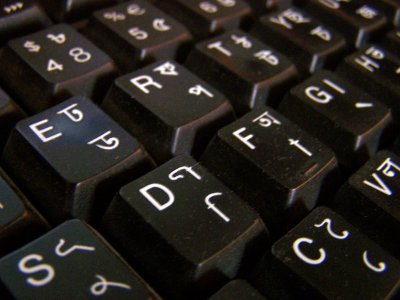Machine Translation vs. the Human Touch
 YNOT – Growth in computer expertise and an increased need for translated documents in the global marketplace have led to the development of machine translation systems. Machine translations have moved things forward in the translation industry and do serve a good purpose. However, they do not replace human translators.
YNOT – Growth in computer expertise and an increased need for translated documents in the global marketplace have led to the development of machine translation systems. Machine translations have moved things forward in the translation industry and do serve a good purpose. However, they do not replace human translators.
To understand why machine translations do not replace human translations, first we must understand how machine translation works. Early computer translation programs employed grammatical rules and a dictionary to produce a translation. The results were not very good, so modern systems use statistics to produce results. The program is fed example translations, and a statistical model is developed based on word patterns. To create the final translation, the program strings words together and statistically analyzes which of several option is the most likely based on the examples it was given. The quality of the final product depends upon how good the examples were and how accurately the source text is entered. Because the program does not use grammatical rules, it will not notice a mistake in the source text.
The New York Times recently presented an example of the relative reliabilities of machine and human translations. The writer investigated the use of computers to translate medicine instructions from English to Spanish in pharmacies in New York neighborhoods where a large percentage of the population speaks Spanish. Of the pharmacies surveyed, approximately 75 percent provided bilingual medication labels. Of these, approximately 90 percent used computers to generate the translation. Unfortunately, more than half of the machine-translated labels contained mistakes — serious, potentially health-threatening mistakes. Examples of the more serious machine translation errors included substituting “eleven times a day” for “once a day,” “by the little” for “by mouth” and “two kiss” for “two times.”
The problem is that machine translation systems work with words only; they cannot interpret the underlying meaning of language quirks like idioms and faulty grammar. A human translator immediately would know that “two kiss” is inappropriate language for a medicine label; however, a machine cannot evaluate the context of what it sees simply as a chain of words.
Machine translation systems do have their place, though, and computer programs are getting better all of the time. In all likelihood a machine never will be able to replace human translators completely, but computer programs are viable, powerful tools in certain areas.
If a quick, low-quality translation is better than no translation, then a machine translation is perfect. In addition, machine translators provide excellent rough translations from which a human translator can work to smooth the finer points of language usage. Instead of requiring a document to be translated start-to-finish by human eyes — which can be expensive — business owners may focus their funds on affording a human translation of only the portion that is impossible for a machine to get right.
Machine translation tools also help human translators perform their jobs quicker. Translation programs allow common phrases to be stored in the memory so common phrases are mistaken only once, allowing the human translator simply to clean up glaring errors.
In short, although they’ll probably never replace humans entirely, machine translations systems can be a useful tool when appropriately used.
This article was contributed to YNOT.com by TranslationsXXX, an adult website translation service employing certified translators in 30 languages.










